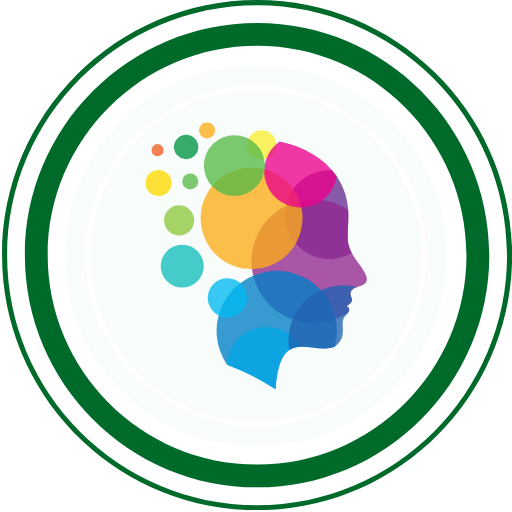
When it comes to AI development, cost is often a major barrier. Not everyone has the budget for OpenAI’s API or the technical resources for complex deployments. But what if I told you there’s a way to build powerful AI agents using free resources? That’s where Hugging Face comes in.
My Journey with Hugging Face
Similar to my experiences with OpenAI’s GPTs, my journey with Hugging Face started with some frustration. Initially, I tried to build something too ambitious – a comprehensive AI assistant that could handle multiple domains. The results were underwhelming.
But then I had that same lightbulb moment: focus is key. Instead of trying to create a do-it-all agent, I narrowed my scope to specific use cases. And guess what? The results improved dramatically.

Getting Started with Hugging Face
First things first, you’ll need to get an API token from Hugging Face. Here’s how:
- Create a free account at Hugging Face
- Navigate to your profile settings
- Go to “Access Tokens”
- Generate a new token (you can use the free tier)
- Save this token somewhere safe – you’ll need it for your API calls

Implementing Your First AI Agent
Let’s build a simple AI agent that can answer questions about a specific topic. I’ll use Python for this implementation:
import requests
import json
# Your Hugging Face API token
API_TOKEN = "your_api_token_here"
# The model we'll use - this is a smaller GPT model available for free
MODEL = "mistralai/Mistral-7B-Instruct-v0.3" # You can also use any other free models
def query_model(prompt, max_length=100):
API_URL = f"https://api-inference.huggingface.co/models/{MODEL}"
headers = {"Authorization": f"Bearer {API_TOKEN}"}
# Prepare the payload
payload = {
"inputs": prompt,
"parameters": {
"max_length": max_length,
"temperature": 0.7,
"top_p": 0.9,
"return_full_text": False
}
}
# Make the API call
response = requests.post(API_URL, headers=headers, json=payload)
return response.json()
# Test our function
prompt = "The best way to learn about artificial intelligence is to"
result = query_model(prompt, max_length=150)
print(result[0]["generated_text"])
Making Your Agent Smarter with Context
One of the limitations I found in my initial attempts was context – the models needed more guidance. Here’s how to improve your agent by giving it context:
def smart_agent(question, context_info):
# Create a prompt that includes context
prompt = f"""Context information: {context_info}
Based on the above context, please answer the following question:
{question}
Answer:"""
result = query_model(prompt, max_length=300)
return result[0]["generated_text"]
# Example usage
context = "AI development involves using neural networks to create systems that can learn from data."
question = "What are the key components of AI development?"
answer = smart_agent(question, context)
print(answer)Building a Topic-Specific Agent
Remember my success with the narrowly-focused GPTs I built? Let’s apply the same principle here:
class TopicExpertAgent:
def __init__(self, topic, api_token):
self.topic = topic
self.api_token = api_token
self.context = f"I am an expert in {topic}. I can provide detailed information about {topic}."
self.model = "gpt2" # You can upgrade this based on your needs
def answer_question(self, question):
prompt = f"{self.context}\n\nQuestion: {question}\n\nAnswer:"
API_URL = f"https://api-inference.huggingface.co/models/{self.model}"
headers = {"Authorization": f"Bearer {self.api_token}"}
payload = {
"inputs": prompt,
"parameters": {
"max_length": 250,
"temperature": 0.7,
"top_p": 0.9,
"return_full_text": False
}
}
response = requests.post(API_URL, headers=headers, json=payload)
return response.json()[0]["generated_text"]
# Create a testing expert agent
testing_agent = TopicExpertAgent("Software Testing and Test Automation", "your_api_token_here")
response = testing_agent.answer_question("What are effective ways of testing an API ")
print(response)Going Beyond Simple Models
For more complex applications, Hugging Face offers larger models that still don’t break the bank:
def use_better_model(prompt):
# Using a more powerful model - still available on free tier with usage limits
API_URL = "https://api-inference.huggingface.co/models/facebook/bart-large"
headers = {"Authorization": f"Bearer your_api_token_here"}
payload = {
"inputs": prompt,
"parameters": {
"max_length": 500
}
}
response = requests.post(API_URL, headers=headers, json=payload)
return response.json()Lessons Learned
Just like with my GPT experiments, I found that:
- Narrow focus works better – Create agents for specific tasks rather than trying to do everything
- Context is crucial – The more relevant context you provide, the better the results
- Iteration is key – Don’t expect perfection on the first try; test, learn, and refine
The best part? All of this can be done using free resources. No need for expensive API subscriptions or complicated infrastructure.
What’s Next?
I’m excited to build more specialized agents using this approach. The possibilities are endless – from content creation assistants to data analysis helpers. By focusing on specific use cases and leveraging the power of Hugging Face’s free models, we can create useful AI tools without breaking the bank.
Have you experimented with building AI agents using Hugging Face, Grok or something else? I’d love to hear about your experiences in the comments below!
QABash Nexus—Subscribe before It’s too late!
Monthly Drop- Unreleased resources, pro career moves, and community exclusives.
